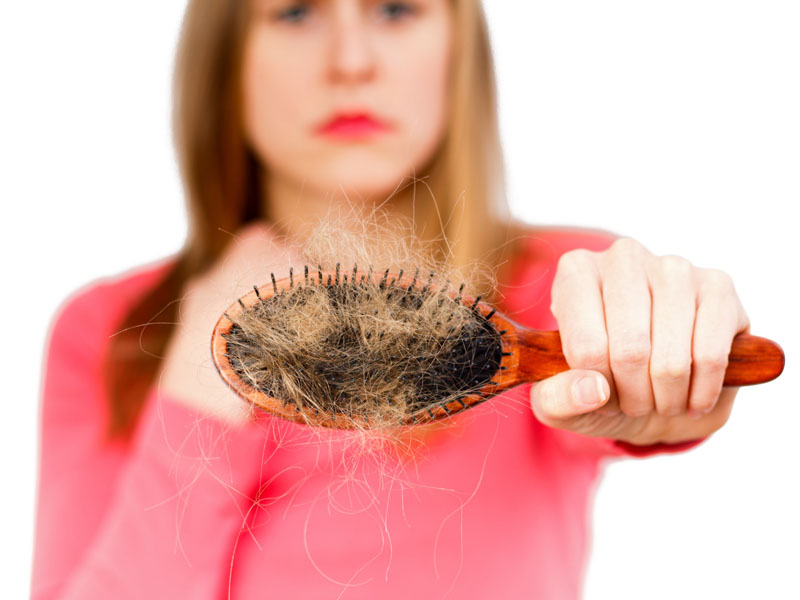
What can you do when you first notice signs of sudden and rapid hair loss?
Hair loss can be very emotional and make it very hard to look at yourself in the mirror and make it hard to go about your day without worrying about it.
But know that your not alone and there are solutions available that can help you or a loved one.
Hair loss can be very emotional and make it very hard to look at yourself in the mirror and make it hard to go about your day without worrying about it.
But know that your not alone and there are solutions available that can help you or a loved one.
While a receding hairline or a thinning crown can thin, these areas don’t typically shed rapidly and are medically known as androgenic alopecia, or hereditary hair loss.
But when you see more than normal amounts of hair shedding, and notice hair strands on your pillowcase in the morning or on the shower floor , this can be alarming. What do you do?
TRY TO STAY CALM, stress can only make your situation worse. Chronic anxiety can be tied to a hair loss condition called telogen effluvium (TE). Try to take the following steps to avoid stressing yourself out more than you need to.
1. Contact a Hair Loss Doctor
An appointment with a doctor so that they can properly examine your hair loss is highly recommended. Your doctor can evaluate and diagnosis the type of hair loss and tell you why it's happening. Often we hear it’s very difficult to know how much hair may shed and/or when it will come back.
2. Learn More about Your Condition
Reasons for hair loss can be different for everyone and there are several different types of hair loss. Educating yourself on your type can be very helpful to know what steps to take to help your condition.
- Androgenic Alopecia is the most common aka Female or Male Pattern Balding, affecting both male and females by the age of 50, due to hormones. The second most common type of hair loss is telogen effluvium, a temporary hair loss condition caused by either emotional trauma or nutritional deficiencies to our bodies.
- Anagen Effluvium This hair loss is commonly associated with chemotherapy.
- Alopecia Areata is a common autoimmune skin disease that commonly results in sudden, noticeable bald patches across the scalp and, sometimes, the face and/or body.
- Traction Alopecia is the result of certain hair accessories or hairstyles that cause stress onto scalp and leading to hair loss.
- Trichotillomania is also a form of hair loss, due to pulling out hairs. Most likely this is a linked to anxiety, obsessive-compulsive disorder (OCD), depression or other mental health issues.
Listed above are the more common types of alopecia but know there are more types like Cicatricial Alopecia, Alopecia Areata Universalis, Alopecia Areata Totalis and Alopecia Barbae
3. Find the Right Solution to Help Cope with Your Hair Loss
There are many different approaches you can take to help you or a loved one dealing with hair loss. Some will choose an immediate approach with wigs, hair pieces, hats and scarves. Others may try laser/light therapy helmets, along side with topical treatments, and oral medications that may help with the regrowth process. Then there's also the more aggressive approaches such as stem cell treatments, hair transplant surgery. Learning about all of your options first, can help you find the right solution that works for you and your lifestyle.
Alopecia Hair Solutions can help find the right solution to your hair loss. They provide Free Private In- Home Consultations in and around the Chicagoland Area. During a consultation they will bring different types wigs, hair pieces, and hats/ scarves that can help with an immediate approach in giving back confidence.
For a Free Consultation Call 630-777-4082
Or Visit www.alopeciahairsolutions.com for more information

